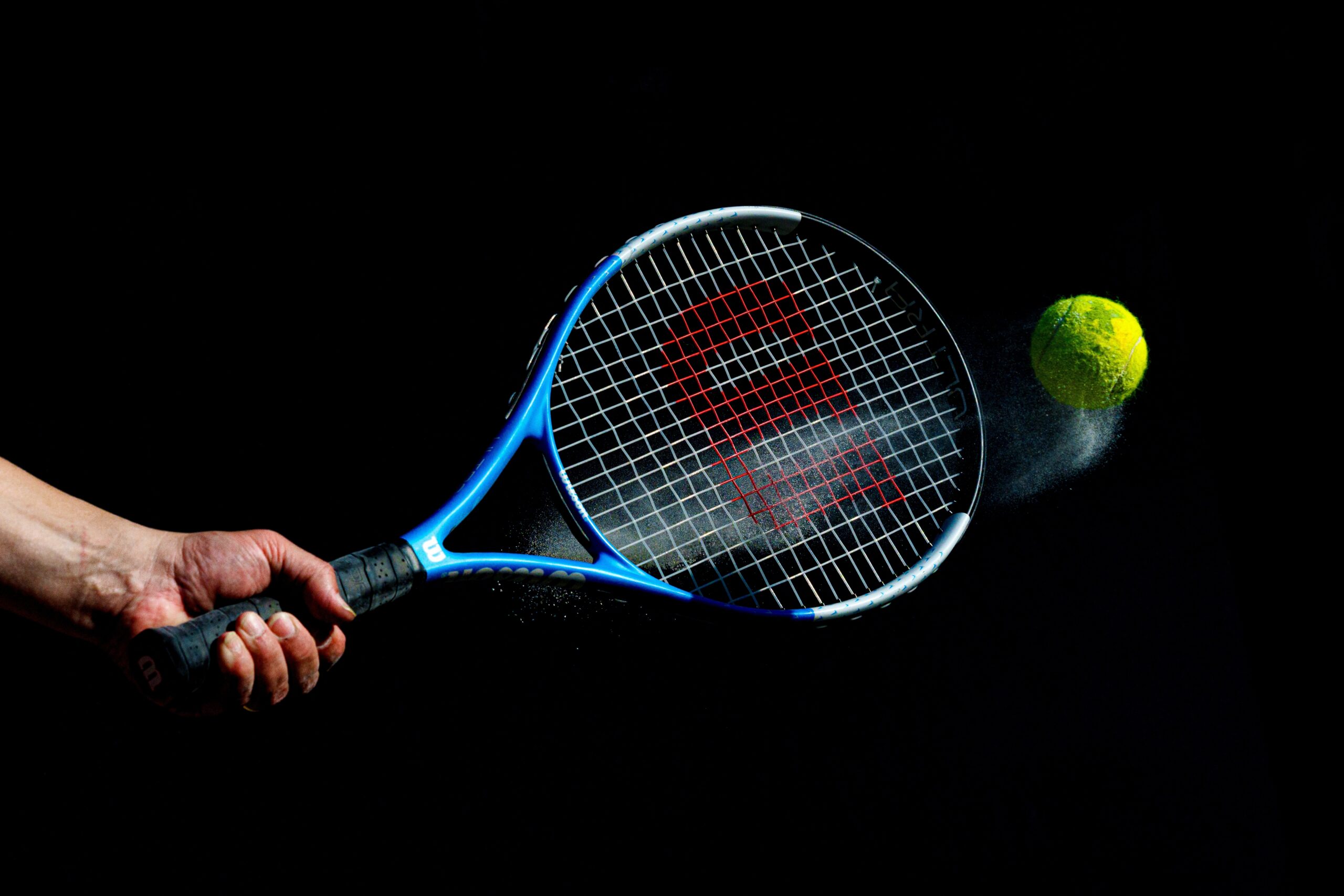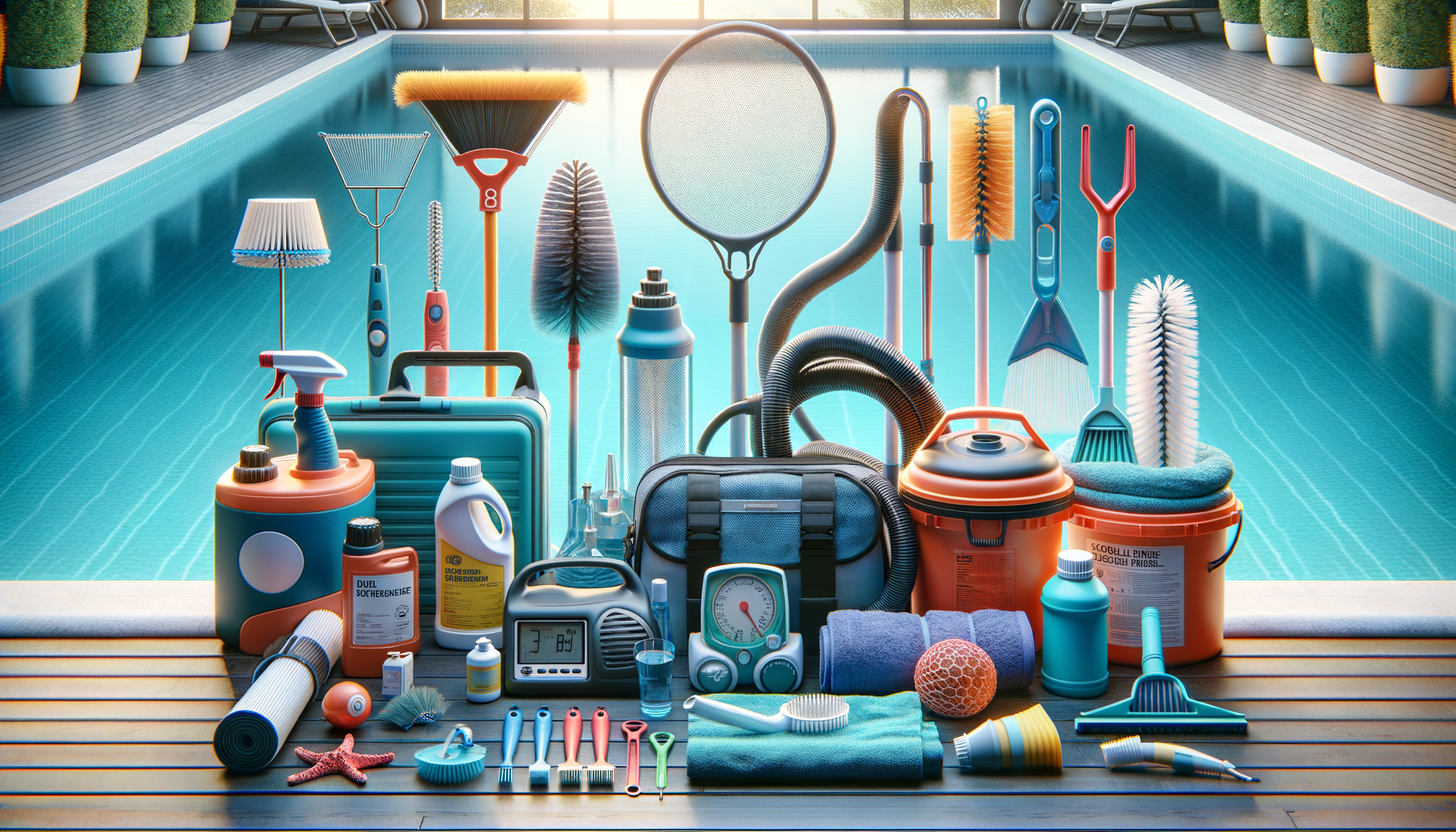Introduction to Pool Maintenance
Owning a pool is a luxury that brings joy and relaxation, but it also comes with the responsibility of regular maintenance. Proper pool maintenance is crucial to ensure the water remains clean, safe, and inviting for swimmers. Neglecting this task can lead to a host of problems, including algae growth, murky water, and even health risks. This article delves into the various aspects of pool maintenance, offering valuable insights and practical tips to help you keep your pool in pristine condition.
Understanding Water Chemistry
Maintaining the right water chemistry is fundamental to pool maintenance. It involves balancing several key components to ensure the water is safe and comfortable for swimming. The primary elements to monitor include pH levels, alkalinity, and chlorine levels. The pH level should be kept between 7.2 and 7.8 to prevent skin irritation and equipment corrosion. Alkalinity acts as a buffer for pH, and its ideal range is between 80 and 120 ppm. Chlorine is essential for sanitizing the water, and its concentration should be maintained between 1 and 3 ppm.
Regular testing with a reliable pool test kit is necessary to monitor these levels. Adjustments can be made using specific chemicals designed for pool maintenance. For instance, if the pH is too high, adding a pH reducer can help bring it back to the desired range. Understanding the interplay between these chemical components ensures the water remains clear and safe for swimmers.
Cleaning and Skimming
Regular cleaning is an integral part of pool maintenance. Debris such as leaves, twigs, and insects can accumulate on the water’s surface and at the bottom of the pool. Skimming the surface daily with a net helps remove floating debris, while a pool vacuum can be used to clean the pool floor. It’s also important to brush the pool walls and tiles regularly to prevent algae buildup and staining.
In addition to manual cleaning, automatic pool cleaners are available to reduce the workload. These devices can efficiently clean the pool floor and walls, ensuring thorough maintenance with minimal effort. Nonetheless, manual intervention is often necessary for hard-to-reach areas and stubborn stains, making a combination of methods ideal for comprehensive pool care.
Filter Maintenance
The pool filter plays a vital role in keeping the water clean by removing impurities and debris. There are three main types of pool filters: sand, cartridge, and diatomaceous earth (DE) filters. Each type requires specific maintenance procedures. Sand filters need backwashing every few weeks to remove trapped debris, while cartridge filters should be rinsed and replaced periodically. DE filters require backwashing and replenishing of the DE powder.
Regular filter maintenance ensures optimal performance and prolongs the lifespan of the filter system. It’s crucial to follow the manufacturer’s instructions for cleaning and replacement to maintain efficiency. A well-maintained filter not only keeps the water clear but also reduces the need for excessive chemical treatments.
Seasonal Pool Care Tips
Pool maintenance varies with the seasons, requiring adjustments to ensure optimal conditions year-round. During the summer months, when the pool is in frequent use, it’s important to monitor water levels and chemical balance more frequently. In contrast, winterizing the pool involves steps to protect it from freezing temperatures, such as lowering the water level and adding winterizing chemicals.
Spring is the ideal time to inspect and prepare the pool for the upcoming swimming season. This includes checking for leaks, cleaning the pool thoroughly, and ensuring all equipment is in working order. By adapting your maintenance routine to the changing seasons, you can enjoy a clean and inviting pool throughout the year.








